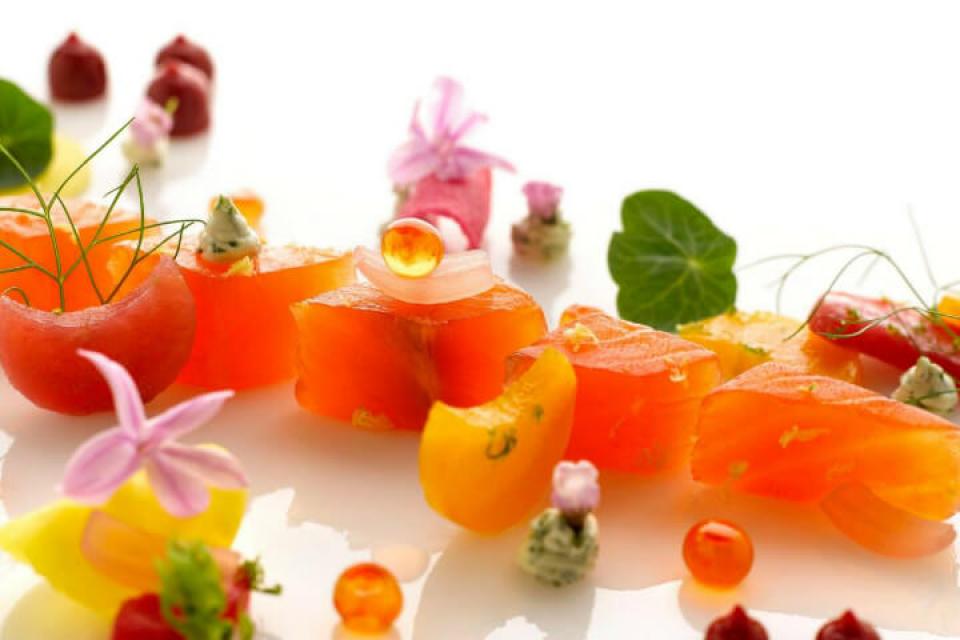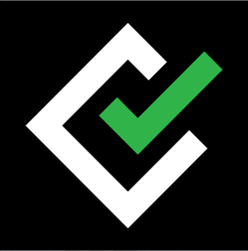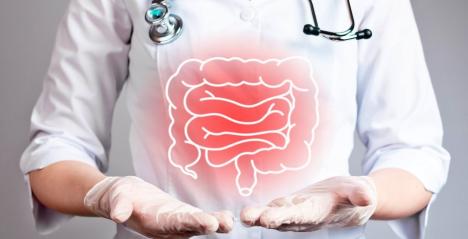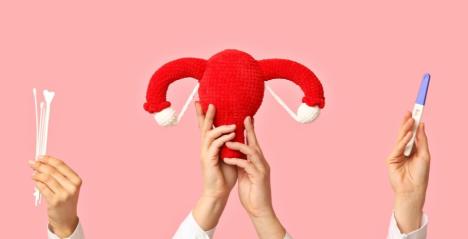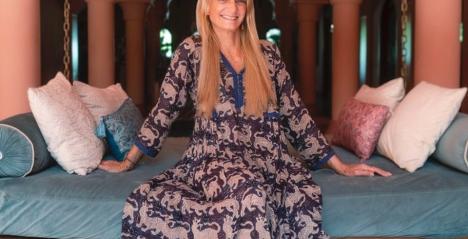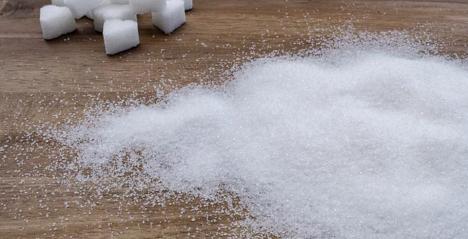In the first part of this series, we discussed the various symptoms that may suggest you have iron deficiency.
Remember, an Hb blood test (which is usually included in the annual medical check-up) is not enough to check your ferritin levels. It will not be able to indicate whether you have iron deficiency or not.
If you do experience one or a combination of symptoms that suggest iron deficiency, you must get yourself tested first. Though IV infusion is the most effective and fastest way to achieve medically acceptable levels, there are also nutritional changes that may help you increase your iron levels. We spoke with Wendy Riddell, Nutritional Director at UFIT to understand iron better and more importantly, to understand how to increase the levels stored in our bodies.
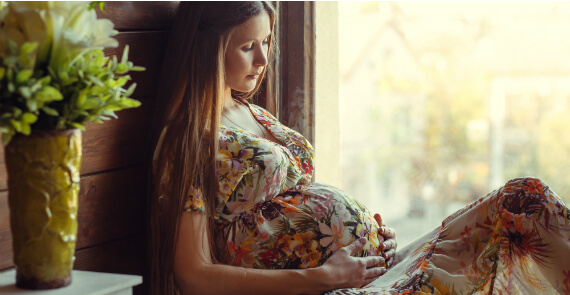
Before that, it is important to understand what is meant by ‘iron levels’. Iron is not only a natural element (Fe) that has various oxidative states (remember high-school chemistry) but is essential for life. It helps converts ADP to ATP – or, in less medical sense, enables cells to create energy. Most have heard of anaemia, or low levels of red blood cells, which leaves us unable to deliver oxygen effectively. Anaemia is often caused by iron deficiency but it isn’t the only cause. More importantly, iron deficiency has symptoms long (like 8 years) before anaemia occurs so we should all understand this critical element and how we can ensure we have enough in our body.
So, where do we get iron from?
Iron cannot be made in the body, so we are 100% reliant on our diet. It comes in two forms haem iron from animal sources and non-haem iron from plants. Haem iron is better absorbed by the body than non-haem iron.
Sources of Haem iron
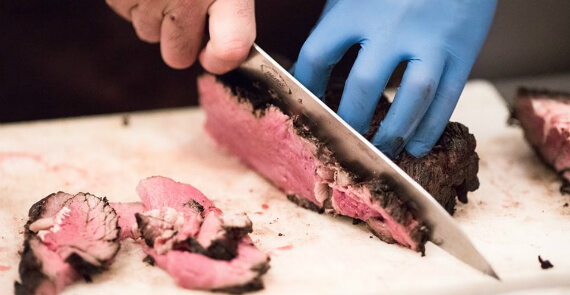
Image Credit: Facebook (Burnt Ends)
It is not only present in red meat but also poultry, oysters, fish and organ meats such as liver. Whilst many vegetables have high iron content our bodies don’t absorb this phyto-form of iron nearly as well.
Non-haem iron
Good sources of non-haem based iron are spinach, beans, dark leafy greens and seeds. Remember that you need approximately 1kg of spinach a day to meet your daily iron requirements (in comparison to 200g of fish).
As such, those following a vegan or vegetarian diet might need to be more careful in your choice of foods (and what you have with them) whilst athletes also need more iron as we can lose iron from sweat (so have greater demands for this element). That said, the leading cause of iron deficiency remains heavy menses which basically puts all women at risk – and babies take nearly 1/3 of our iron stores – so having a big family doesn’t help our levels.
Four Key Things You Must Remember
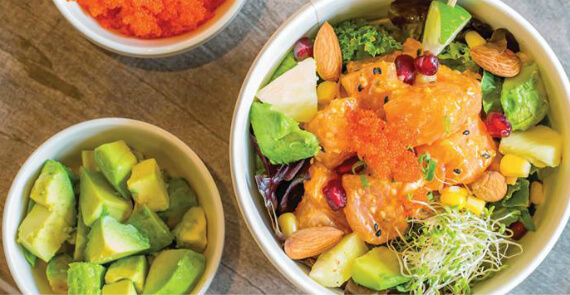
Image Credit: Facebook (Aloha Poke)
-
To improve the amount absorbed, it is best to avoid calcium sources during the meal as calcium binds to iron in all foods. Dairy in particular inhibits the absorption of iron. This is true for iron tablets as well, don’t have them with a glass of milk.
-
Increase absorption of iron when you have an iron rich meal by supplementing it with citrus fruits. Vitamin C will improve iron absorption - citrus fruits, strawberries and red peppers are highly recommended.
-
Whilst commonly recommended, it’s probably best to avoid Vitamin C tablets with iron tablets as this will increase side effects (and latest research suggests take tablets every other day or lower doses, i.e., 40mg iron, daily).
- Avoid drinking black tea (or coffee) within an hour of a meal – as tea or coffee binds the plant-based iron in the food.
Iron deficiency is the most common nutritional deficiency globally and affects close to 1 in 3 women in Singapore (and about 40% of the entire senior population). Consider a regular screen of your iron levels (serum ferritin) and don’t wait until you are anaemic. Levels lower than 30ng/mL suggest iron deficiency and once this low you’ll likely need a 6-12 month course of oral iron or 1-2 infusions of intravenous iron.
Wendy Riddell is the Director of UFIT Bootcamps and a degree-qualified nutritionist with 18 years of experience. She runs the highly popular UFIT Clean & Lean Challenge and has experience in running fitness programs in Australia and Singapore.
Iron Suites Promotion
Expat Choice has acquired 100 Iron Panel Tests (Worth SGD 52) from The Iron Suites! These will be given to the first sign-ups from the Expat Choice Community.
STEP 1: CLICK HERE
Step 2: Select your preferred date and time
Step 3: Key in your contact details, and enter promo code <ExpatChoice-Fe> under ‘Purpose of Visit’.
A representative from The Iron Suites will be in contact to confirm your visit. You can also call in at +65 6702 1929 during office hours to make an appointment

